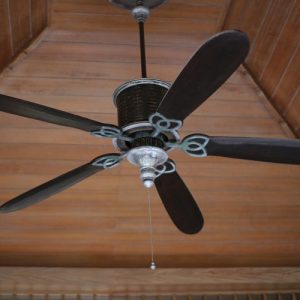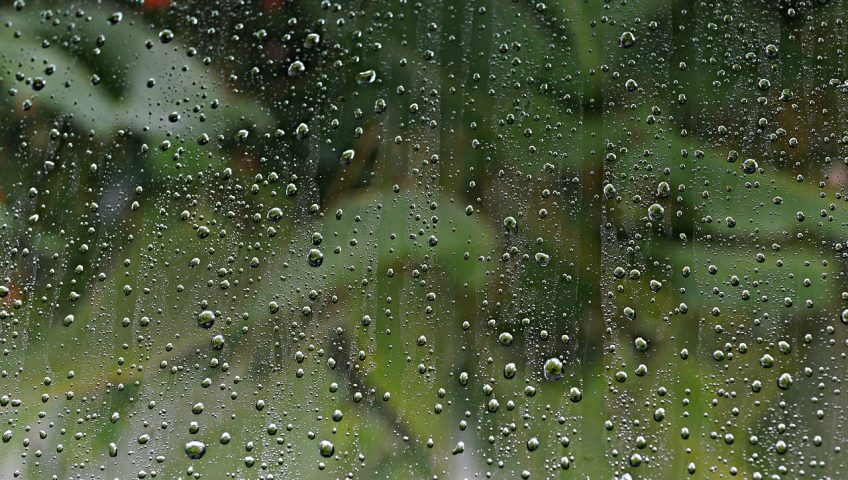As the weather gets cooler, it’s pretty common to get window condensation. There’s a simple reason this happens. Condensation is generally the result of temperature change. When the temperature drops, humidity tends to increase indoors along with the heat. Cold air cools your windows, causing the warmer, more humid air inside to condense as it hits the cold glass. It is normal to have window condensation, even with newer panes, if your home’s humidity is high. It’s a good idea to monitor window condensation and it can easily be removed with a soft towel. Regular removal can help prevent mould and mildew buildup from excess moisture. While drying your windows is effective, we’ve got a few tricks to help get rid of window condensation before it hits the glass.
Remove Humidity to Prevent Window Condensation
One of the easiest ways to help remove condensation is to reduce the amount of moisture in the air. If you have humidifiers, turning them down will reduce some of the condensation on your windows. If you experience high humidity without a humidifier, using a dehumidifier will also help reduce moisture in your home. Dehumidifiers come in many different models and sizes, so look for one that works for the space where you’re finding the most condensation. Common areas to find condensation include bathrooms and kitchens. Hidden humidity culprits include plants and fish tanks. Lids are available for most aquariums to prevent excess moisture from escaping and moving houseplants away from windows can help prevent condensation from building up.

Increase Air Flow to Prevent Window Condensation.
Increasing air flow will help to prevent window condensation, especially in problem areas like kitchens or bathrooms. Using stove and bathroom fans will help remove some of the warm air released when cooking or taking a shower. Ceiling fans will help keep warm air circulating. Keeping your windows open a crack can also help prevent window condensation. Another option is an air exchanger, which brings in fresh air from outside and removes stale, humid air from the house. While more expensive, there are several options available and these units can also help keep interior air clean.

Upgrade Your Windows to Prevent Window Condensation.
Upgrading your windows can help prevent window condensation too. Single pane windows are notorious for condensation, as they lack the extra insulating effect that newer windows have. Newer windows with condensation between the panes should also be replaced, as this is generally a sign of a broken seal. In any case, checking weather stripping around doors and windows is a good idea, as poor seals will contribute to moisture problems.

Preventing window condensation is an important part of looking after your home’s health. Mould and mildew buildup can cause many issues, so it’s necessary to control it. While these tricks can help prevent significant condensation, it’s important to dry off any remaining condensation with a soft towel often, which will also prevent moisture damage to your sills. If you’re experiencing excessive window condensation and are thinking of upgrading, we’ve got you covered. Don’t wait, give us a call today!

